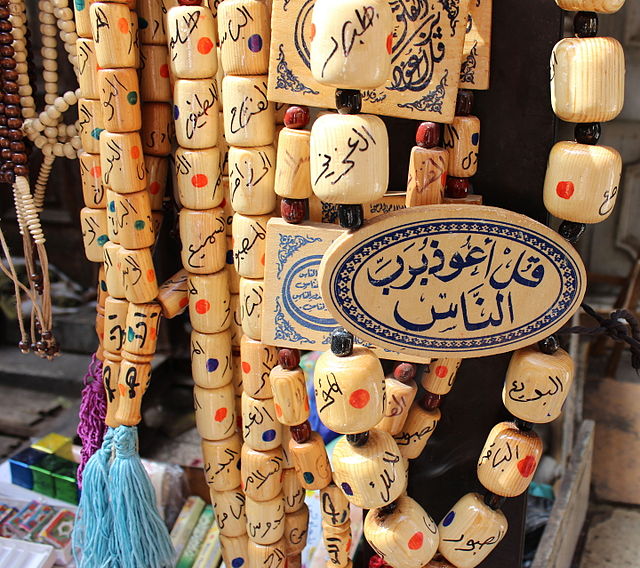Music has been an integral part of Egyptian culture since antiquity in Egypt. Egyptian music had a significant impact on the development of ancient Greek music, and via the Greeks it was important to early European music well into the Middle Ages. Due to the thousands of-years long dominance of Egypt over its neighbors, Egyptian culture, including music and musical instruments, was very influential in the surrounding regions; for instance, the instruments claimed in the Bible to have been played by the ancient Hebrews are all Egyptian instruments as established by Egyptian archaeology. Egyptian modern music is considered as a main core of Middle Eastern and Oriental music as it has a huge influence on the region due to the popularity and huge influence of Egyptian cinema and music industries, owing to the political influence Egypt has on its neighboring countries, as well as Egypt producing the most accomplished musicians and composers in the region, specially in the 20th century, a lot of them are of international stature. The tonal structure music in the East is defined by the maqamat, loosely similar to the Western modes, while the rhythm in the East is governed by the iqa'at, standard rhythmic modes formed by combinations of accented and unaccented beats and rests.

Lute and double pipe players, and female dancers from a mural found in the Theban tomb of Nebamun, a nobleman of the 18th Dynasty of the New Kingdom, c. 1350 BC
Umm Kulthum
Cairo Opera House, a landmark in the cultural landscape of Egypt and the Middle East
An Egyptian band playing the simsimiyya
The culture of Egypt has thousands of years of recorded history. Ancient Egypt was among the earliest civilizations in the world. For millennia, Egypt developed strikingly unique, complex and stable cultures that influenced other cultures of Europe, Africa and the Middle East.
Arabic calligraphy has seen its golden age in Cairo. This adornment and beads being sold in Muizz Street
Hieroglyphs, as this example from a sarcophagus from Thebes of about 530 BC, represent both ideograms and phonograms.
Sample of a Book of the Dead of the scribe Nebqed, c. 1300 BC.
Akhenaten, Dweller in Truth, a 1985 novel by Nobel Literature Laureate Naguib Mahfouz.








